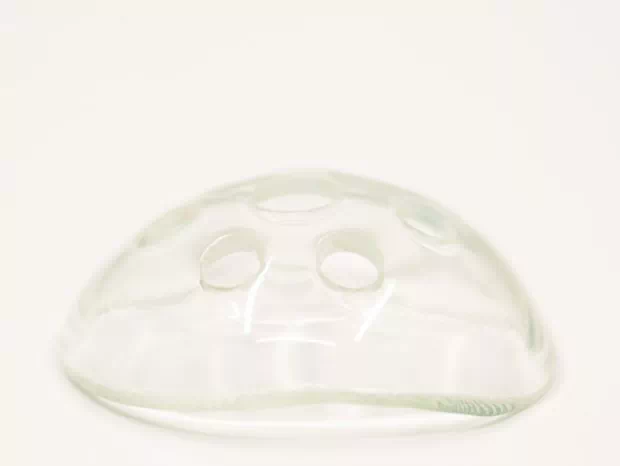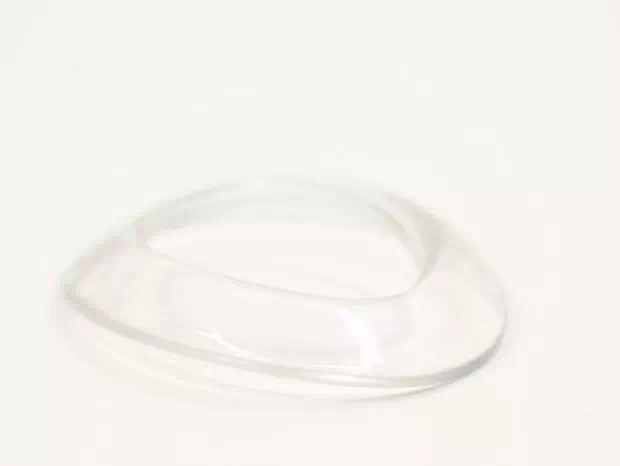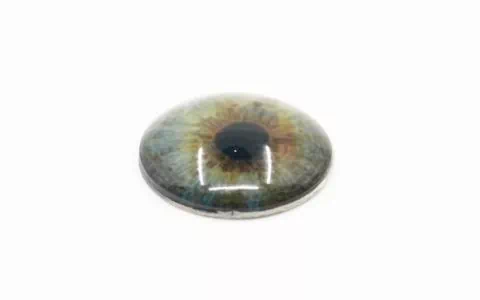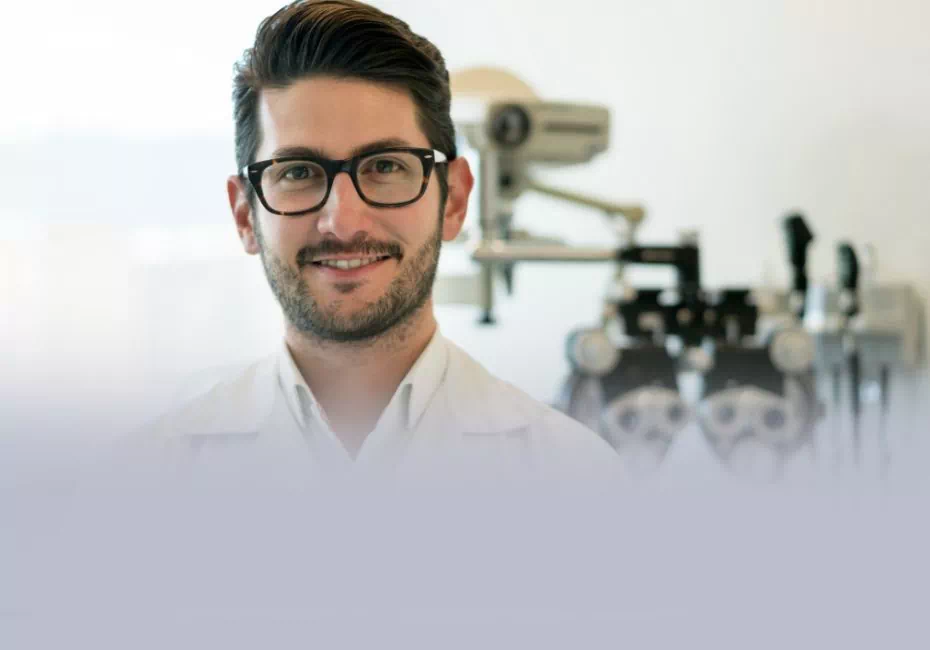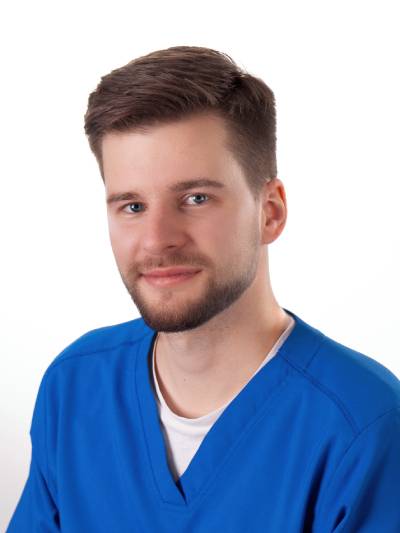Protezy i epiprotezy
Next Eye ocular prostheses and epiprostheses
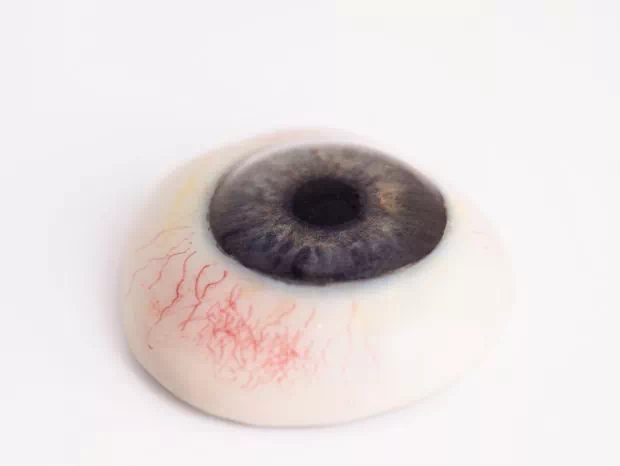
Next Eye ocular prostheses and epiprostheses are manufactured using bio-compatible polymers, using the additive manufacturing method - 3D printing. Thanks to that, they are much more durable than the glass ones and they do not fade like the acrylic ones. The prosthesis is placed in the patient’s orbit. The epiprosthesis is placed before the orbital implant or the eviscerated eyeball. Both products are made according to strictly specified medical indications - only custom-made - based on a 3D orbital scan or an impression and an image of the anterior segment of the eye.
Properties of Next eye prostheses and epiprostheses
These types of Next Eye products are designed to last for 2 years. They are distinguished by their precise finish, both in terms of technical parameters and design. The product is distinguished by its natural eye reflex, as well as its diamond protective coating which prevents discharge from gathering on it. The manufacturing process is relatively short, and it guarantees the hight quality of prostheses and epiprostheses. There is a possibility of making them in any shape, perfectly matching a patient’s orbit anatomy. Moreover, they can be used by patients of all ages. A copy of the prosthesis can be recreated 1:1 because digitally gathered data on the parameters are collected and kept in a secured archive. However, we also have a big bank of ready-to-use prostheses.


 PL
PL  EN
EN  UA
UA  DE
DE  ES
ES  IT
IT 